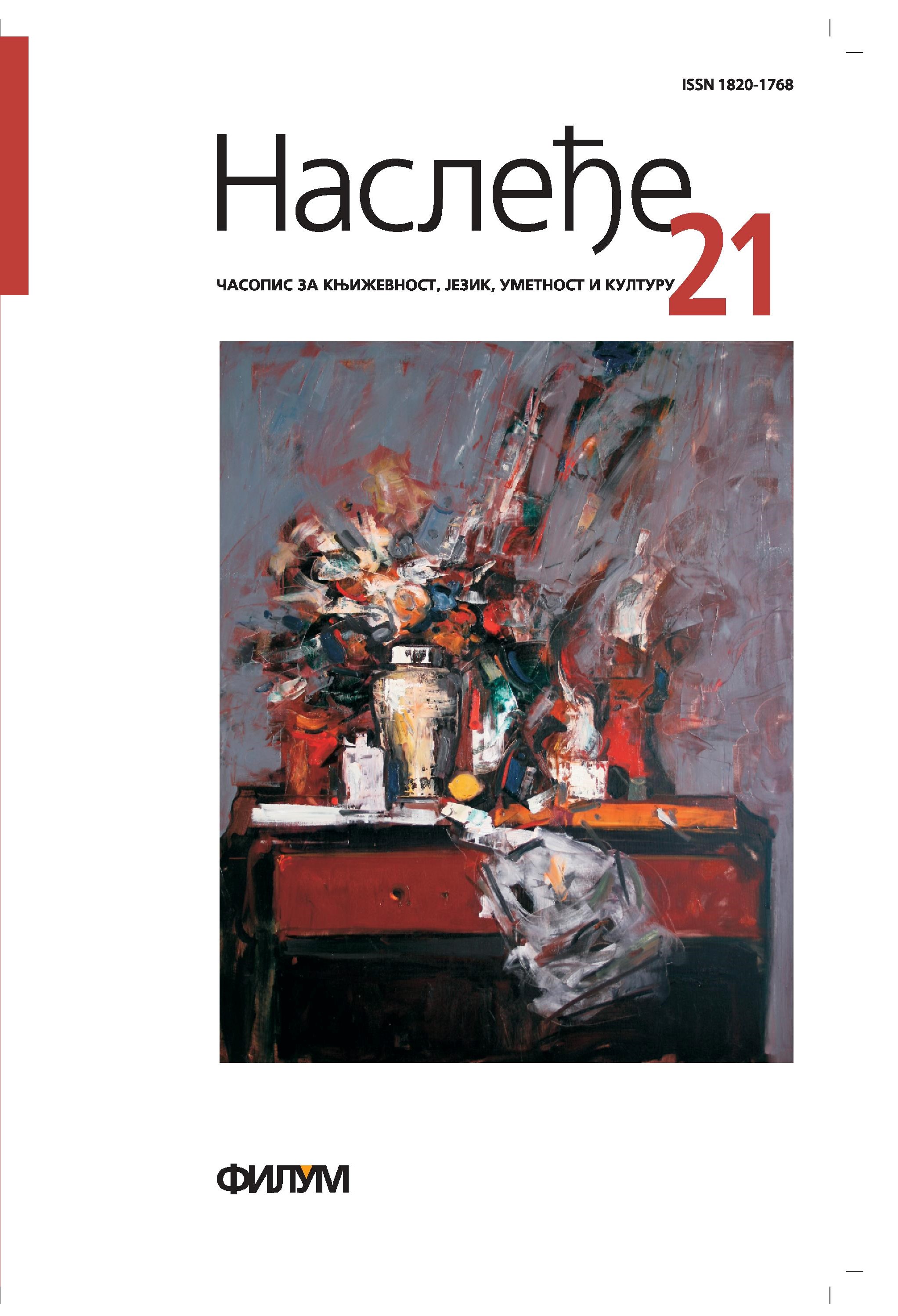THE GLOBAL FINANCIAL CRISIS AND METAPHORS
A Contrastive Analysis Of English, Serbian and Romanian
Кључне речи:
conceptual metaphor, crisis metaphors, English, Serbian, RomanianСажетак
Under the theoretical wing of Conceptual Metaphor Theory, as initiated by Lakoff and Johnson (1980), in this paper we set out to comparatively investigate the conceptual metaphors used for the conceptualisation of the global economic and financial crisis in English, Romanian and Serbian print and electronic media reporting in the period 2008–2010. By adopting a cross-linguistic and cross-cultural approach to metaphor analysis in popular economic and business discourse, our main aim is to establish whether the same conceptual metaphors are used in English, Romanian and Serbian for the conceptualisation of the most severe economic crisis since the Great Depression, or, alternatively, whether any culture-specific aspects may be found in the three languages. We also focus on any influence English, as well as the culture determined by the English language, may exert on Romanian and Serbian as regards conceptual and linguistic metaphors serving to structure the understanding of the global financial crisis.
Референце
Barcelona 2003: A. Barcelona, Clarifying and Applying the notions of metaphor and metonymy within Cognitive Linguistics: An Update. In R. Dirven and R. Pörings (eds.). Metaphor and Metonymy in Comparison and Contrast. Berlin: Mouton de Grutyer, 207–278.
Charteris-Black 2004: J. Charteris-Black, Corpus Approaches to Critical Metaphor Analysis. Basingstoke and New York: Palgrave Macmillan.
Gibbs 1994: R. Gibbs, The Poetics of Mind: Figurative Thought, Language and Understanding. Cambridge: Cambridge University Press.
Grady 1999: J. Grady, A Topology of Motivation for Conceptual Metaphor. In R. Gibbs and G. Steen (eds.), Metaphor in Cognitive Linguistics. Amsterdam: John Benjamins, 79–101.
Kövecses 2002: Z. Kövecses, Metaphor. A Practical Introduction. Oxford: Oxford University Press.
Kövecses 2003: Z. Kövecses, Metaphor and Emotion: Language, Culture, and Body in Human Feeling. Cambridge: Cambridge University Press.
Kövecses 2005: Z. Kövecses, Methaphor in Culture – Universality and Variation. Cambridge: Cambridge University Press.
Lakoff, Johnson 1980: G. Lakoff, M. Johnson, Metaphors we live by. Chicago/London: University of Chicago Press.
Lakoff 1987: G. Lakoff, Women, fire, and dangerous things: What categories reveal about the mind. Chicago: University of Chicago.
Lakoff 1993: G. Lakoff, The Contemporary Theory of Metaphor. In A. Ortony (ed.). Metaphor and Thought. Cambridge: Cambridge University Press, 202–251.
Pragglejaz 2007: Pragglejaz Group, MIP: A method for identifying metaphorically used words in discourse. Metaphor and Symbol 22 (2007): 1–39.
Skorczynska, Deignan 2006: A. H. Skorczynska, A. Deignan, Readership and Purpose in the Choice of Economics Metaphors. Metaphor and Symbol 21 (2): 87–104.






